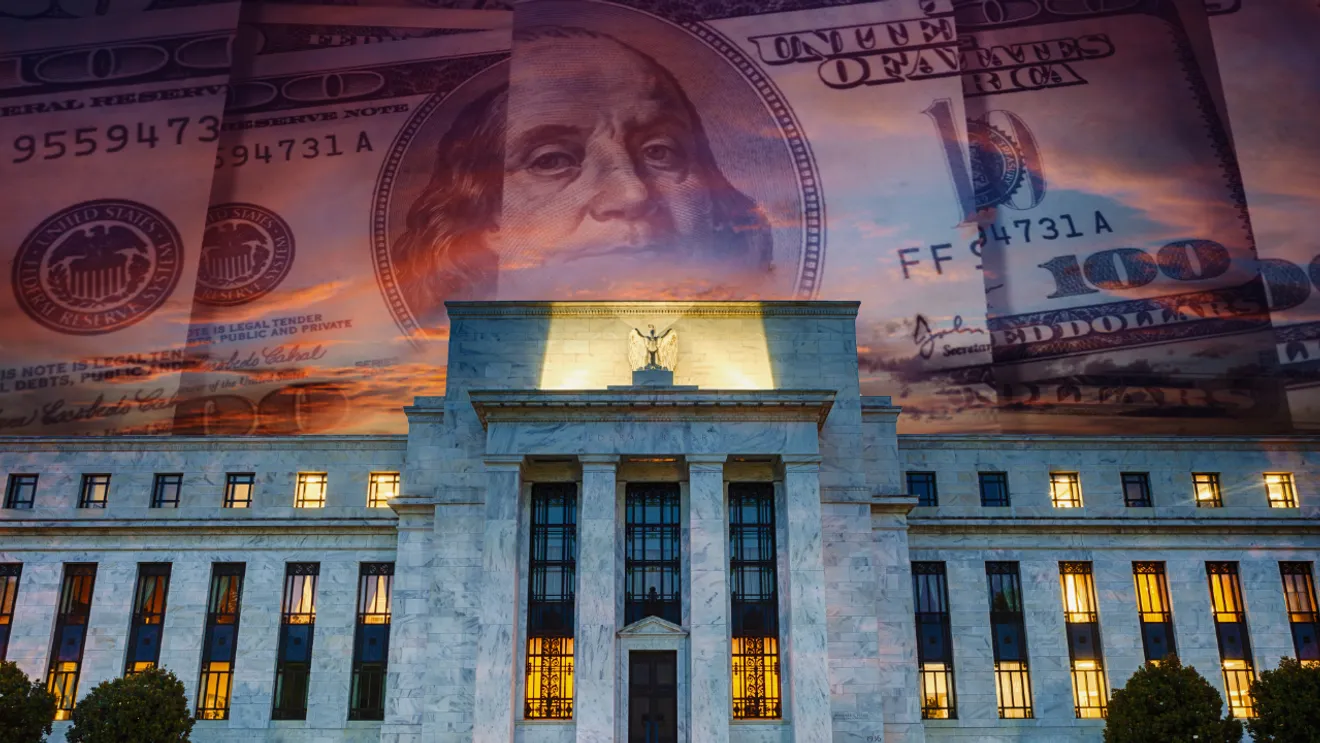The Fed Hikes Interest Rates On 25 Basis Points For The Ninth Consecutive Time - Here's What's Going Up In Price
On Wednesday, the Federal Reserve raised interest rates by 25 basis points, which was the biggest increase in interest rates seen since 2007 when it raised them by another 25 basis points.
In an attempt to discourage inflation, the Federal Reserve has raised interest rates for the ninth consecutive quarter, which is intended to dampen inflation and potentially trigger a recession by forcing higher borrowing costs. This in turn will raise the price of credit cards, auto loans, and other financial products.
Since March 2022, the federal funds rate has increased from nearly zero to a range of 4.75% to 5% as a result of this action taken by the central bank.
In response to recent banking failures, including Silicon Valley Bank, there has been some speculation that the Federal Reserve will pause its rate hikes. However, Federal Reserve Chair Jerome Powell has repeatedly stated that the central bank's "overarching focus" is to maintain prices.
There is no change in the Fed's policy of raising rates
The year-over-year inflation rate at the end of this month slowed to 6%, although that is still above the Fed's preferred inflation rate of 2% for this time of year.
A rate hike is often referred to as a "blunt instrument" since when the rates are raised, they impact all aspects of the financial system. They can also have a period of months before they are fully absorbed by the financial system, making it difficult for people to assess the effects.
Due to the fact that each increase in the Federal Reserve's interest rate increases the risk of a recession, the Fed has opted to slow its rate hikes somewhat, opting instead for 25 basis point increases in February and March rather than 75 basis point increases in late 2022. Powell has emphasized repeatedly the importance of inflation in spite of the Fed slowing its role.
In his semiannual report to Congress earlier this month, Powell said that restoring price stability was crucial for achieving maximum employment and stable prices in the long run. We will remain on the course until the job is done. The historical record warns against premature easing of policy.
With the increase in interest rates, what will become more expensive?
Despite the fact that a 25 basis point increase will not represent anything more than a minor increase in the cost of borrowing, nine consecutive rate hikes over the past few years have resulted in a substantial increase in borrowing costs over time. Here is a look at how interest rates have risen since January 2022.
- Auto financing: According to Bankrate, five-year car loan interest rates have nearly doubled since January 2022, from 3.86% to 6.48%. The rising cost of owning a vehicle has been priced out of many buyers along with rising car prices.
- Credit cards: After climbing steadily from about 16% in early 2022, the annual percentage rate (APR) for credit cards is just over 20% today. APRs will likely increase slightly following the latest rate hike, but won't exceed 21%, according to Bankrate.
- Student loans: Over the last year, fixed federal loan interest rates have risen from 3.73% to 4.99%, and they are likely to rise again after July 1.
- Variable-rate or new loans: Your interest rate will likely increase slightly, depending on your credit score. Data from Bankrate shows that average interest rates for home equity lines of credit (HELOCs) have increased from about 4% in early 2022 to 7.76% last week. As of last week, 8% of home equity loans were outstanding.

Subscribe to our newsletter!
As a leading independent research provider, TradeAlgo keeps you connected from anywhere.








